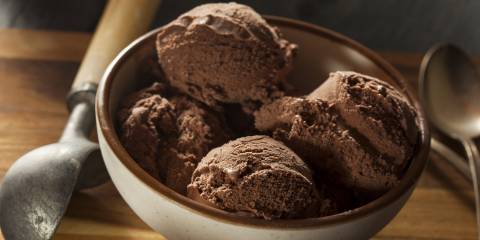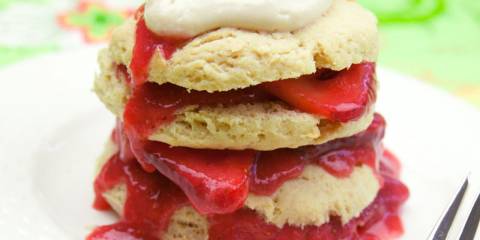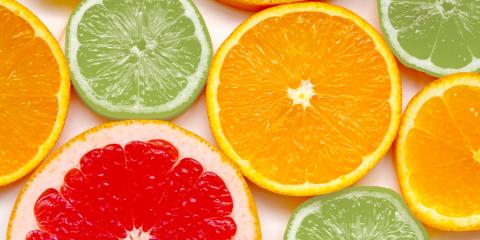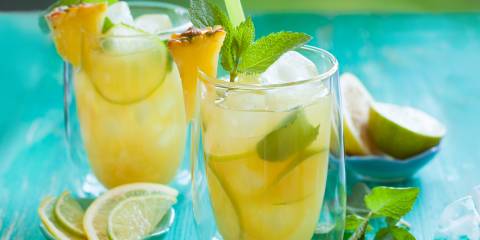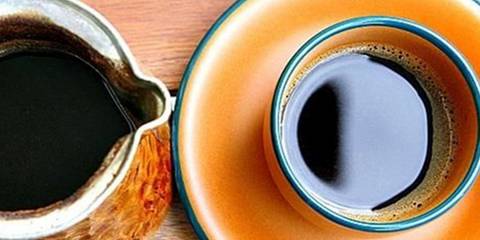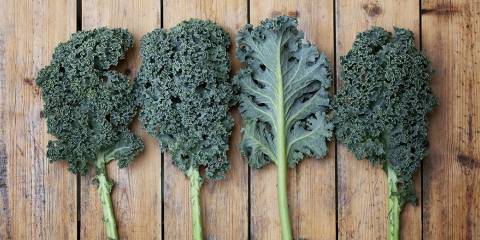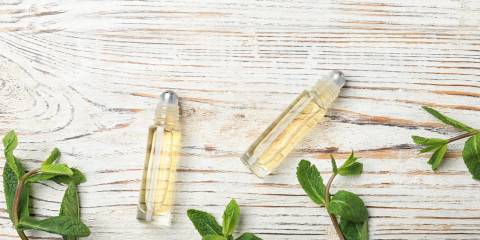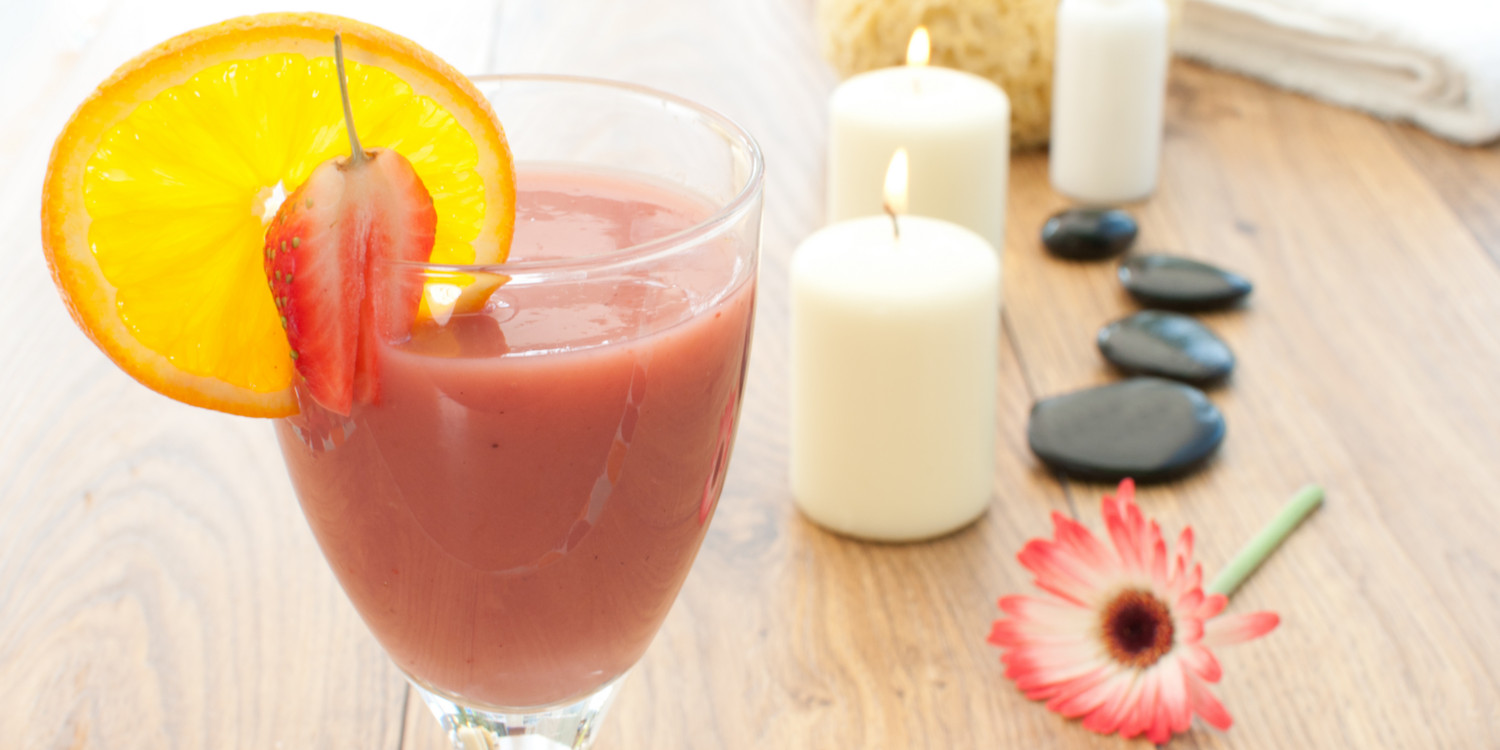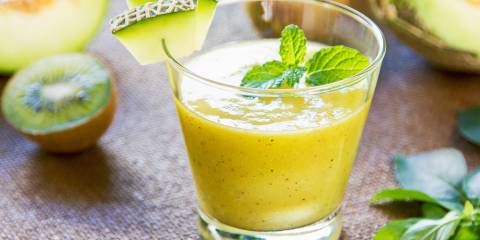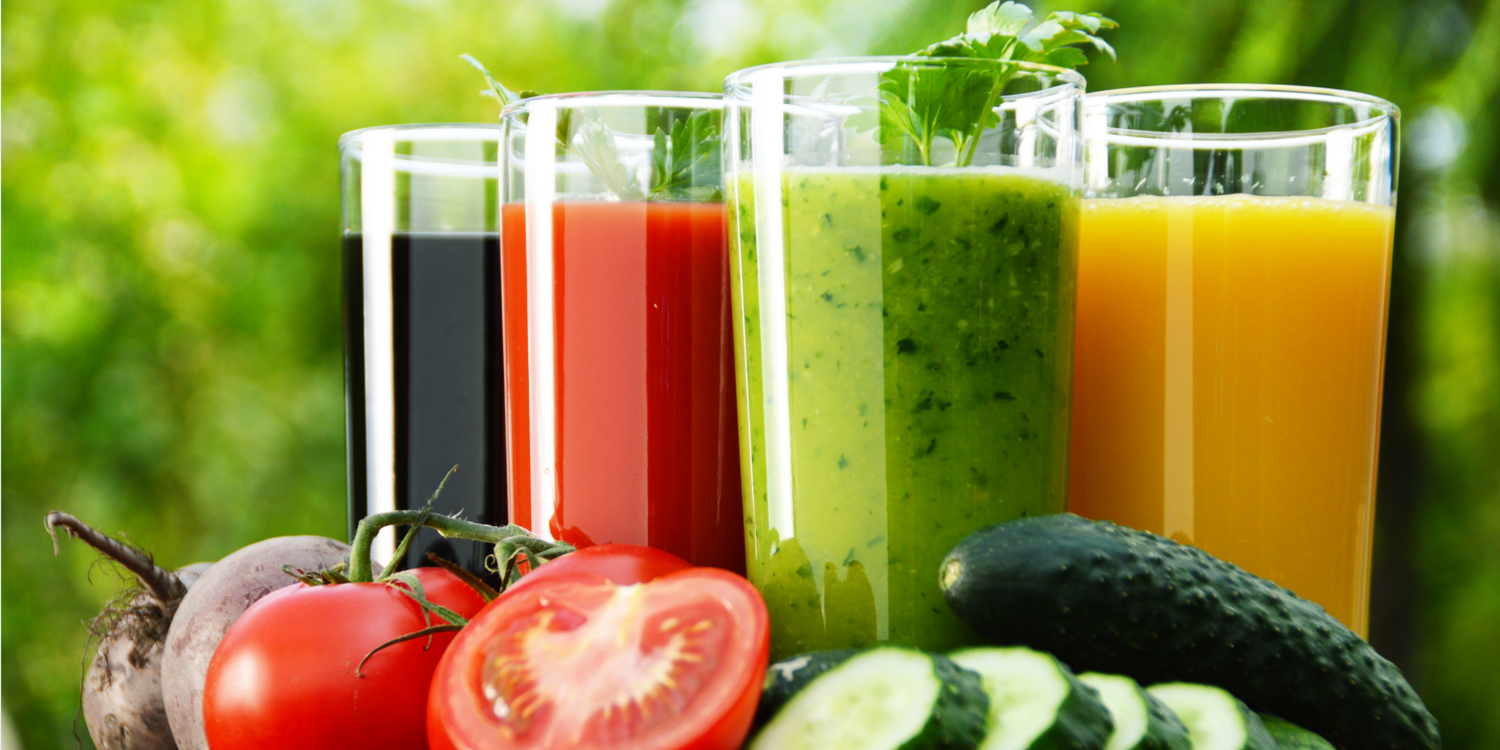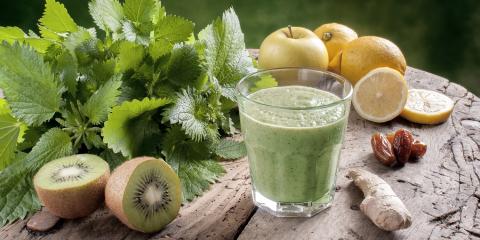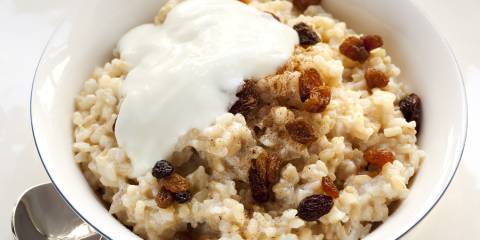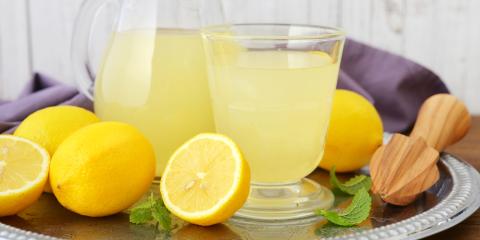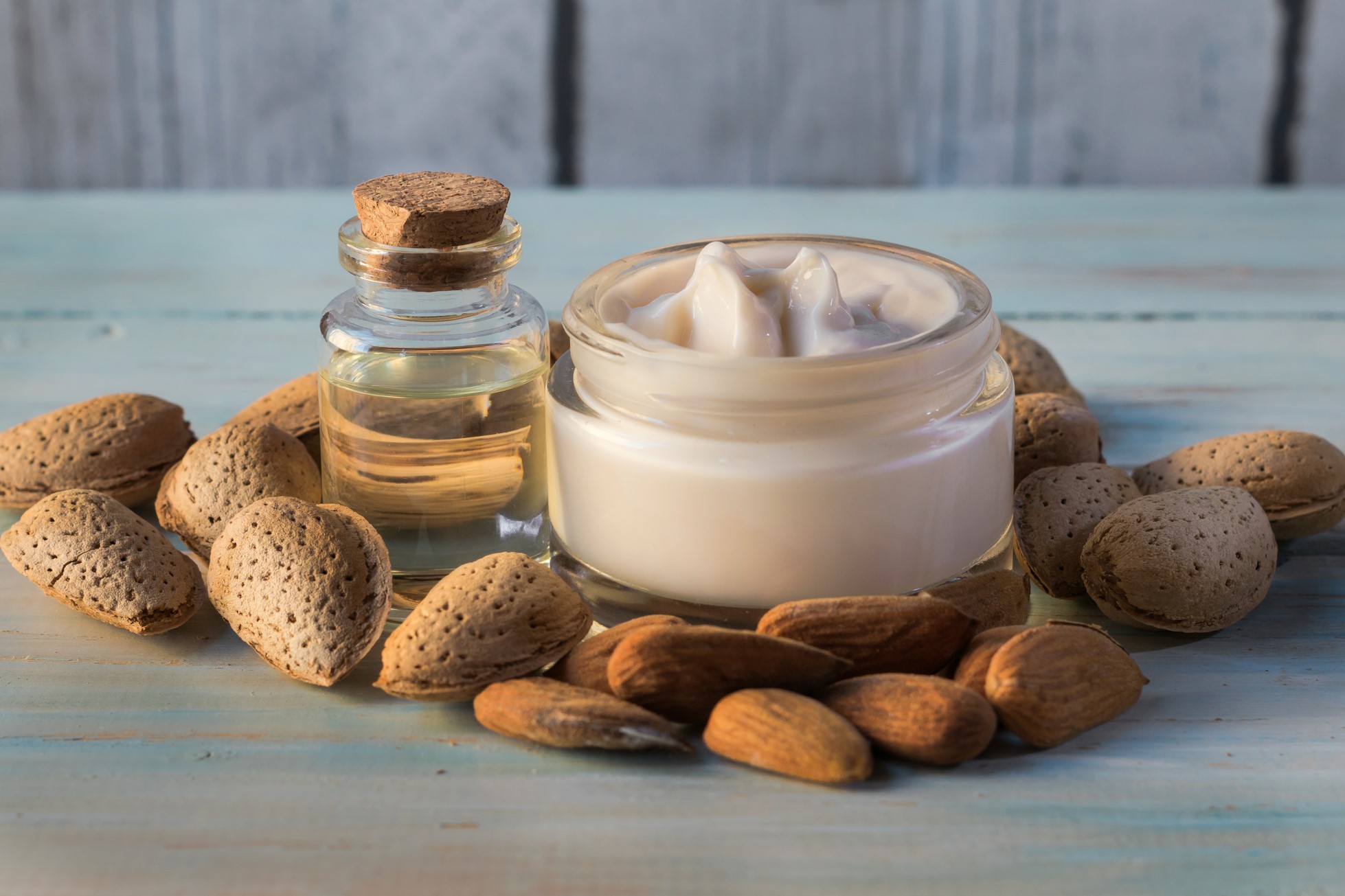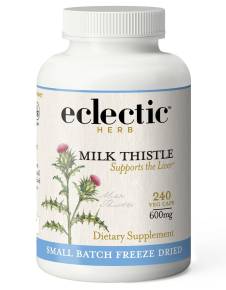When you’re young, you can’t imagine ever looking older—you just assume that the face looking back from the mirror at 25 will look the same when you’re 45.
Ingredients to Nourish Aging Skin
Sad to say, no matter how youthful we feel inside, at some point the passing of time will start to show on the outside. The good news is that there are many natural ingredients that nourish your skin inside and out and work to slow and even reverse the signs of aging.
-
Fight Skin Damage with Antioxidants
Sun exposure can result in the creation of free radicals and lead to skin damage. Examples of skin-protective antioxidants include vitamins C and E, as well as polyphenols found in green tea.
-
Use Black Seed Oil to Soothe Skin Conditions
A staple of Ayurvedic medicine, black seed oil (also known as black cumin oil) is typically used to treat psoriasis and painful skin eruptions. Black seed oil may inhibit the bacteria associated with eczema.
-
Improve Skin with Collagen
Several studies have found that regular supplementation with hydrolysed collagen stimulates collagen regeneration, improves skin’s elasticity and firmness, and reduces the appearance of dryness, wrinkles, and even cellulite.
-
Hyaluronic Acid to Smooth Skin
Known as “nature’s moisture magnet,” hyaluronic acid occurs naturally in the skin and is also found in many beauty products. It traps moisture, giving skin a smooth, firm appearance. Hyaluronic supplements have been shown to increase moisture in dry skin.
-
Repair Sun Damage with Silicon
Sun-damaged skin can get a boost from silicon. Studies show that women supplementing with silicon see significant improvements in skin roughness and elasticity.
-
Resveratrol to Boost Skin Hydration
Found in grapes and other plants, resveratrol is an antioxidant that can help limit damage caused by sun exposure. Studies show it can decrease the appearance of wrinkles, improve skin’s texture, and boost hydration.
Additional Help for Healthy Skin
There are many herbs, nutrients, and other natural ingredients that may boost skin health and fight the signs of aging, including:
- alpha lipoic acid
- argan oil
- calendula
- ellagic acid
- nut and plant oils
- vitamin A













